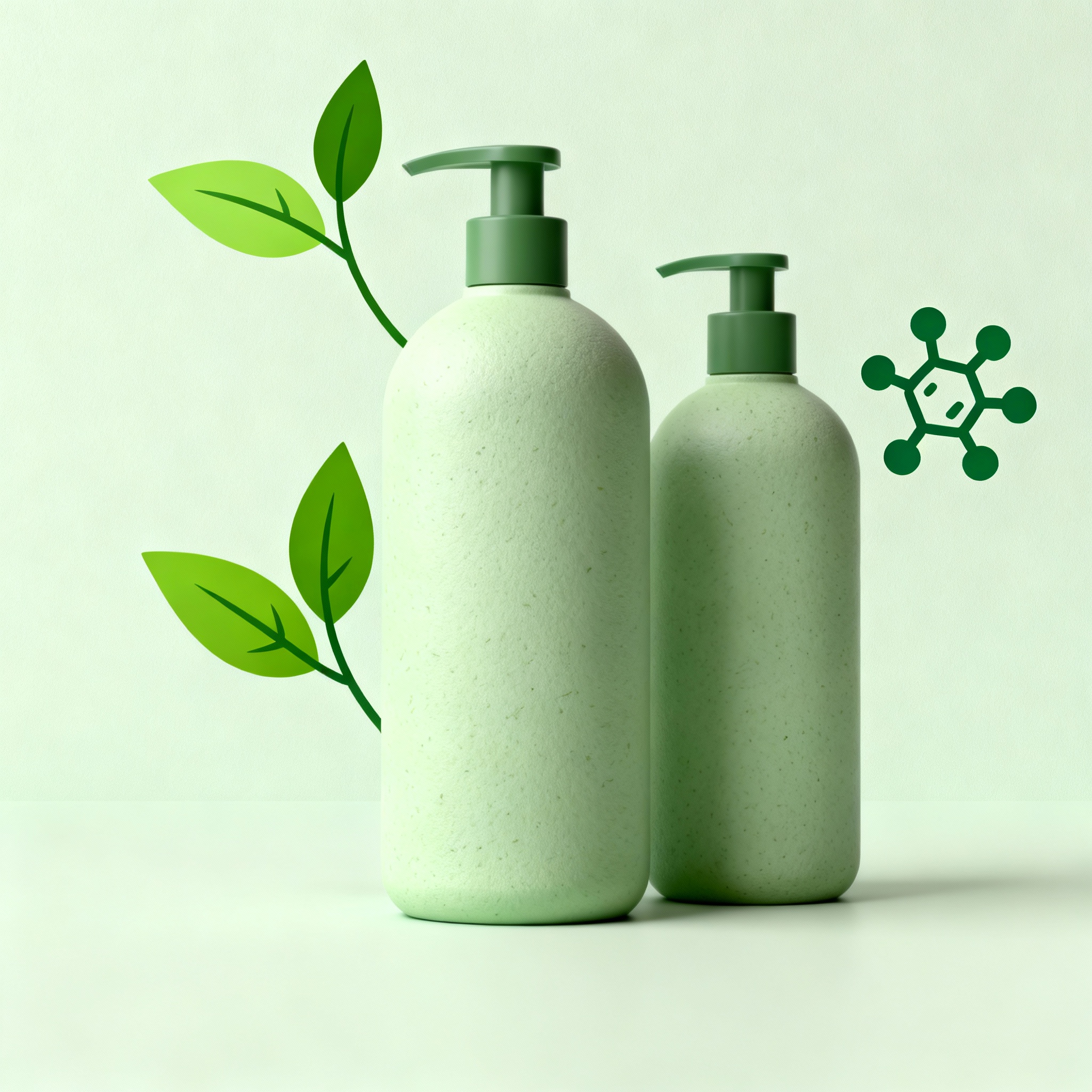Harnessing Nature: Eco-Friendly Cleaning with Enzymes, Biodegradable Surfactants, and Bio-Solvents
Clean smarter and greener by leveraging the power of natural, sustainable ingredients. Modern environmental cleaning products harness three key components—enzymes, biodegradable surfactants, and bio-solvents—to deliver high performance without harming ecosystems. This blog post explores how each works, the benefits, and tips for incorporating them into your home or business cleaning routine.
1. Enzymes: Nature’s Precision Cleaners
Enzymes are specialized proteins that catalyze the breakdown of complex soils into simple, water-soluble molecules.
Proteases target protein-based stains (e.g., blood, food residue).
Lipases break down fats and oils.
Amylases convert starches from sauces, gravies, and pasta residues.
Cellulases help remove micro-fibrils and brighten fabrics by breaking down cellulose particles.
Benefits of enzyme-based cleaners:
High efficiency at low temperatures, reducing energy use.
Biodegradable end products, ensuring minimal environmental impact.
Gentle on fabrics and surfaces, extending the lifespan of textiles and equipment.
2. Biodegradable Surfactants: Green Foam Power
Surfactants reduce surface tension, enabling water to spread and penetrate soils. Traditional surfactants can persist in waterways, but biodegradable alternatives are readily broken down by microorganisms. Common classes include:
Alkyl polyglucosides (APGs): Derived from glucose and fatty alcohols, offering excellent foaming and skin safety.
Sodium methyl cocoyl taurate: A mild, coconut-based anionic surfactant ideal for dish and laundry applications.
Betaine derivatives: Amphoteric surfactants that boost foam and reduce irritation in hand soaps and all-purpose cleaners.
Key advantages:
Rapid biodegradation in wastewater treatment.
Low aquatic toxicity, safeguarding fish and plant life.
Versatile formulations: effective in hard water and across various pH levels.
3. Bio-Solvents: Renewable, Low-Emission Cleaners
Bio-solvents serve as alternatives to petroleum-based solvents, dissolving oils, greases, and adhesives. They are typically sourced from plant feedstocks such as citrus peels, corn, or soy. Notable examples:
D-Limonene: Extracted from citrus peels, offering strong grease-cutting power and a fresh scent.
Ethyl lactate: Derived from fermented sugars, ideal for glass, metal, and electronic cleaning.
Soy methyl esters: Used in heavy-duty degreasers for machinery and industrial equipment.
Environmental benefits:
Low volatile organic compound (VOC) emissions, improving indoor air quality.
Biobased and renewable, reducing dependence on fossil resources.
Biodegradability, ensuring safe aquatic dispersal.
4. Formulating Your Own Green Cleaner
Creating a DIY all-purpose cleaner at home can be cost-effective and safe:
Water base: Start with filtered water (500 mL).
Enzyme concentrate: Add 10 mL of a commercial multi-enzyme solution.
Biodegradable surfactant: Mix in 15 mL of alkyl polyglucoside.
Bio-solvent: Include 5 mL of D-limonene for extra grease cutting.
Essential oil (optional): 3–5 drops of tea tree or lavender for fragrance and antimicrobial boost.
Shake gently and transfer into a spray bottle. Label with contents and date.
5. Choosing Certified Green Products
When purchasing ready-to-use formulas, look for credible eco-labels:
EPA Safer Choice (USA)
EcoLogo/UL Certification (North America)
These certifications guarantee rigorous testing for biodegradability, toxicity, and overall lifecycle impact.
Embrace sustainable cleaning by integrating enzymes, biodegradable surfactants, and bio-solvents into your repertoire. Not only will you achieve sparkling results, but you’ll also protect health and preserve the planet—one clean surface at a time.

No comments:
Post a Comment